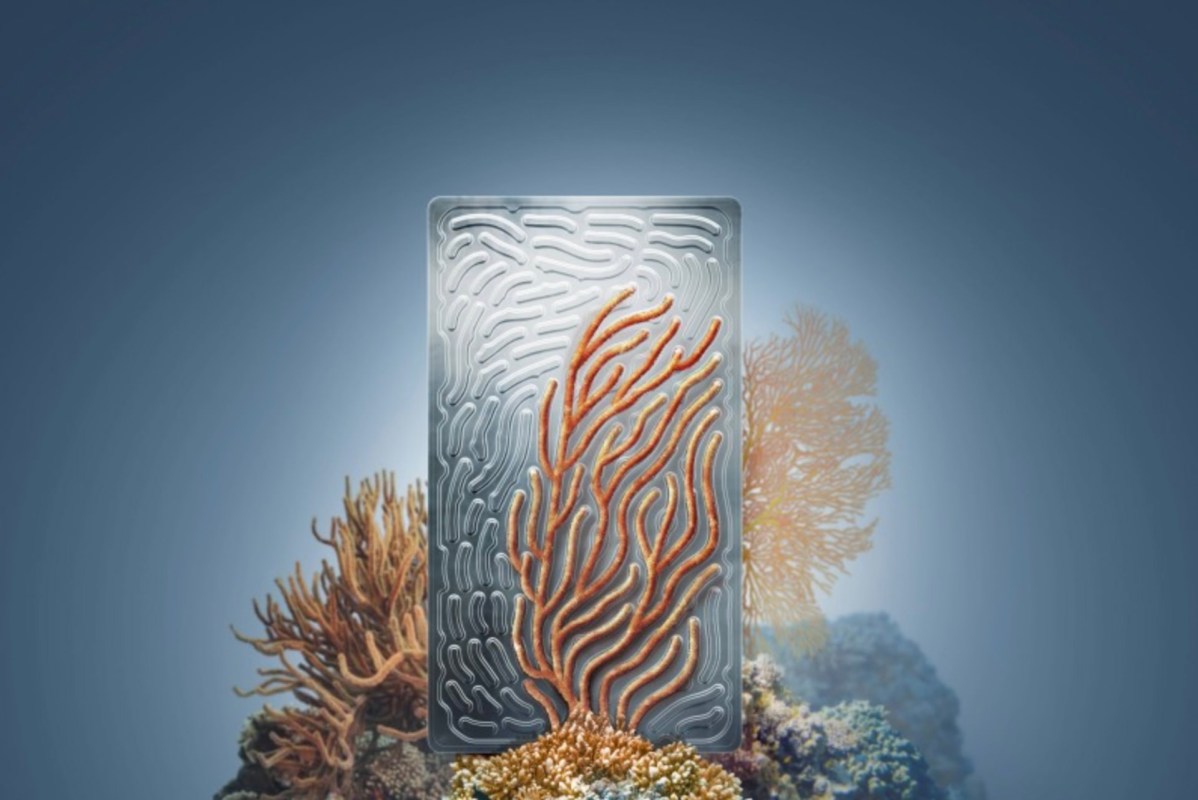German engineers are looking to natural coral for inspiration to improve the design of electric vehicle battery cooling plates.
The team from MAHLE labs has some great early results, including "10% more cooling capacity, 20% less pressure loss, and more homogeneous [uniform] temperature distribution," per a company report.
The tech was showcased during a trade fair this autumn in Munich.
Battery cells typically operate up to around 95 degrees Fahrenheit, depending on the stage of the charge/discharge process. When it exceeds 140 degrees, the power pack is a hazard, according to a LinkedIn report about battery cooling by Cindy Yang, a project manager for Trumony Aluminum Limited, from China. Yang's company is not involved with the MAHLE tech.
Cooling plates work by transferring heat when coolant makes contact with the plate. "The cooling fluid passing through the internal flow channel of the device is carried away," according to Yang's LinkedIn description.
MAHLE's plate has grooves in it, resembling the shape of coral. The result is a different coolant flow that has improved thermodynamics, according to the company.
"[W]e are breaking away from technical geometries and instead using natural structures, such as the coral shape — with outstanding effect for our cooling technology and great advantages in structural stability to boot," Uli Christian Blessing, head of global development thermal management at MAHLE, said in the company report.
The MAHLE team aims to keep battery temperatures under 104 degrees during long periods, even when fast charging (quick-charge ability is a big selling point for EVs).
While lithium-ion battery fires are rare, they can be severe. If the temperature escalates, it can "trigger a violent chemical reaction inside the battery and generate a lot of heat." In worst-case scenarios, the battery can explode, Yang wrote on LinkedIn.
Better cooling tech and other battery concepts will go a long way to alleviate those concerns, and the breakthroughs are happening regularly. Batteries made with different, fire-resistant materials and inspection equipment that identify problems in cells before they operate are among other projects in the works at labs around the world to improve safety.
MAHLE's new plate cools based on demand. That has helped it to reduce the temperature range by 50%. Peak heat can be "significantly lowered," per MAHLE. That control can help to prevent those rare, worst-case disasters.
The MAHLE team said on the company's website that their cooling plate will make batteries "more powerful" and longer lasting.
The coral plate design is also billed as thinner than alternatives, requiring "less energy and material input." The experts said this fosters sustainability.
MAHLE experts claim that their innovation's efficiency could help to expand an already growing EV market. That, in turn, would also help to cool down the planet.
"For well over a decade, MAHLE has been developing systems for cooling lithium-ion batteries for small cars through to large commercial vehicles, making it one of the pioneers in this field of technology," the company said in a press release.
Join our free newsletter for weekly updates on the coolest innovations improving our lives and saving our planet.









